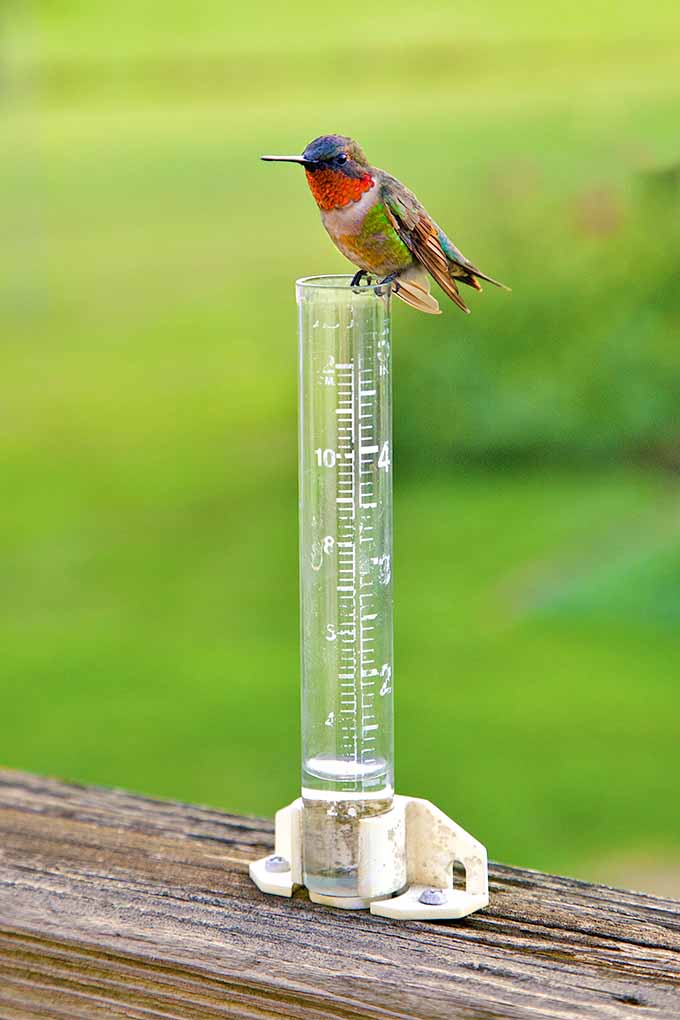The Advantages of Mounting an Accuracy Rain Gauge for Your Weather Station
The Advantages of Mounting an Accuracy Rain Gauge for Your Weather Station
Blog Article
Unveiling the Science Behind Rainfall Evaluates: Just How These Devices Play an Essential Duty in Environment Study and Environmental Tracking
Rainfall gauges, apparently simple gadgets, hold an extensive importance in the world of environment research study and ecological surveillance. These unassuming instruments quietly accumulate one of nature's most vital components-- rains. Behind their unpretentious exterior exists an intricate scientific research that is important for recognizing the characteristics of our atmosphere. As we peel off back the layers of this clinical shroud surrounding rainfall assesses, we reveal a globe where accuracy, information accuracy, and precise monitoring merge to introduce a much deeper understanding of our transforming climate and its influence on the world.
Value of Rain Gauges
Rain determines play an important duty in surveillance and measuring rainfall degrees, offering necessary data for climate study and evaluation. These gadgets are essential in quantifying the quantity of rains that takes place in a specific location over a certain duration. By measuring and accumulating rainwater, rainfall assesses offer important understandings into the circulation and strength of rainfall, aiding meteorologists, hydrologists, and climatologists in recognizing weather condition patterns and trends.
Additionally, lasting data accumulated from rain evaluates aids in evaluating environment modification effects and patterns, contributing dramatically to clinical research and decision-making processes. In essence, rainfall evaluates offer as vital devices in the field of meteorology and environmental science, playing an important role in progressing our understanding of weather and climate dynamics.
Sorts Of Rain Scales

Capability and Procedure
In the realm of environment research study and meteorological studies, the performance of rain gauges lies in their complex functionality and specific functional mechanisms. Rainfall gauges are made to properly measure the amount of rainfall that falls over a details location throughout a set duration.
The performance of rainfall evaluates is based upon the principle of determining and collecting rainwater in a standard manner. This gathered data is important for recognizing regional weather condition patterns, tracking lasting climate patterns, and analyzing environmental effects. To guarantee precise dimensions, rain assesses demand to be strategically put in open locations away from obstructions such as structures or trees that can interfere with the collection procedure.
The functional facet of rainfall gauges includes routine maintenance to that site stop debris buildup, calibration checks to maintain measurement accuracy, and data recording for analysis (rain gauge). On the whole, the functionality and operation of rain evaluates are essential for gathering reliable rainfall information important to climate research study and environmental surveillance
Function in Climate Research
Provided the important relevance of exact rainfall dimensions in comprehending climate patterns and ecological influences, the function of rain gauges in environment research study is crucial. Rainfall assesses offer vital data for climate research study by quantifying the amount of rainfall that tips over a particular location during a given period. This information is important for checking long-lasting patterns in precipitation patterns, assessing the influence of climate change on rainfall distribution, and boosting environment models.

Climate researchers utilize information gathered from rain gauges to assess variants in rainfall degrees, recognize local climate trends, and evaluate the efficiency of water resource administration approaches. By comparing historic precipitation information with current dimensions, researchers can spot changes in precipitation patterns, such as modifications in the regularity or intensity of rains occasions. This information is vital for understanding how climate adjustment is affecting precipitation dynamics and can help policymakers make educated choices pertaining to adaptation and reduction strategies.
Applications in Environmental Tracking

In flood projecting, rainfall gauge information aids to track rains strength and distribution, allowing authorities to issue prompt cautions and take necessary procedures to reduce flooding threats (rain gauge). Dry spell surveillance counts on rainfall scale information to evaluate moisture levels in the dirt and track rainfall shortages, assisting in the recognition of drought-prone areas and the implementation of drought reaction techniques
In addition, rain gauge data plays a crucial role in water resource monitoring by offering details on water schedule and usage patterns. In addition, in agriculture, rain gauge information aids farmers in optimizing irrigation timetables, plant selection, and overall ranch management methods based on regional rainfall patterns.
Verdict
Finally, rainfall assesses are crucial devices for gauging rainfall, giving beneficial data for environment study and ecological surveillance. With numerous kinds and capabilities, rainfall determines play a crucial duty in recognizing rainfall patterns and their effect on the setting. By properly measuring rains, these tools add to the improvement of scientific understanding and assistance in making notified choices pertaining to water resource monitoring and catastrophe readiness.
Rain evaluates play an important role in surveillance and determining precipitation levels, giving vital information for environment you can try these out research study and evaluation. The common rainfall gauge, understood as the "tipping pail" gauge, is one of the most generally utilized tools. Ultrasonic rainfall assesses usage noise waves to spot the visibility of rain, providing real-time information on precipitation degrees.Climate scientists use data accumulated from rain gauges to examine variants in rainfall levels, identify local environment trends, and assess the performance of water resource monitoring approaches.In conclusion, rainfall determines are necessary tools for determining rainfall, giving visit this website beneficial data for environment study and environmental surveillance.
Report this page